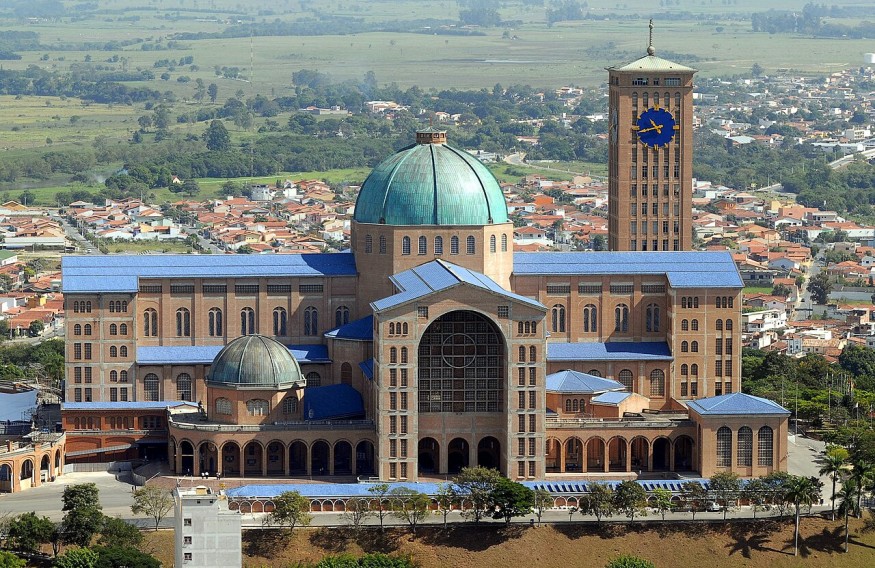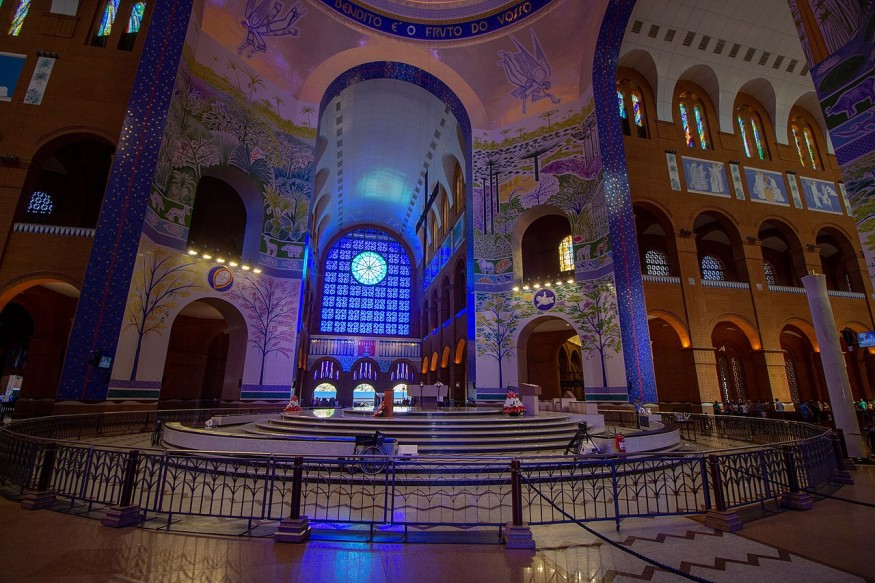Brazil has been a popular place for soccer, samba, and stunning beaches, but did you know it also hosts the world's second-largest church?
When you think of Brazil, you might picture the lively Carnival or the expansive Amazon rainforest. Yet, nestled in Aparecida lies a hidden gem for travelers and believers: the Basilica of the Shrine of Our Lady of Aparecida.
This massive structure is not just a church but a symbol of faith, history, and culture. With its towering domes and detailed architecture, it is a sight that will leave you amazed.
Covering a whopping 1.3 million square meters, this basilica can accommodate up to 45,000 worshippers at once. Every year, around 12 million people visit this sacred site. The story behind it is just as captivating.
In 1717, three fishermen discovered a statue of the Virgin Mary in the Paraíba River, sparking a series of miracles and leading to the creation of this grand sanctuary.
Travelers Today will cover some things you should know about the Basilica of the Shrine of Our Lady of Aparecida and how it became the second world's largest church.

Rich History
Brazil is a treasure full of cultural and historical landmarks, and the Basilica of the Shrine of Our Lady of Aparecida stands as a monumental example. According to Catholic Shrine Basilica, the story begins in 1717 when a small, dark statue of the Virgin Mary was discovered in the Paraíba River, sparking widespread devotion.
This discovery laid the groundwork for what would eventually become the world's second-largest church, symbolizing a beacon of faith for millions.
As shared by the same source, the original basilica was constructed to accommodate the increasing number of pilgrims venerating the statue, reflecting the community's deep reverence.
Over the years, the basilica has evolved, with the current structure inaugurated in 1980 to hold over 30,000 people at a time.
Related Article : Brazil Reinstates Visa Requirements for American Tourists
Architectural Marvels
The modern Basilica of Our Lady of Aparecida is a sight to behold, blending traditional design with contemporary artistry.
According to Caffeinated Excursions, the cathedral was completed in 1980 and is famous for its distinctive blue and orange color scheme and nature-inspired motifs. This grand structure is a place of worship and a masterpiece of modern architecture that attracts tourists and enthusiasts worldwide.
The use of geometric patterns and natural elements within the design connects visitors to both faith and the beauty of creation. With seating for 30,000, the basilica's largeness is complemented by an interior that radiates warmth and welcome.
Inside the Sanctuary
Stepping inside the Basilica of Our Lady of Aparecida, you are immediately enveloped by a sense of peace and grandeur. The central dome, a highlight of the church's architecture, casts a serene ambiance over the entire sanctuary.

The seating areas are uniquely adorned with large stained glass windows that change colors with the movement of the sun. This dynamic play of light adds a mystical quality to the atmosphere, inviting reflection and meditation.
The interior's design emphasizes openness and light, creating a space where all feel welcome.

Cultural Significance and Devotion
The Basilica of Our Lady of Aparecida holds a special place in the hearts of the Brazilian people. This site is a religious center and a symbol of national pride and cultural identity. It is here that millions of devotees gather each year to honor Our Lady Aparecida, Brazil's patron saint.
The basilica's role extends beyond a religious site. It is a gathering place where faith, tradition, and Brazilian culture intersect. The annual feast day on Oct. 12, a national holiday in Brazil, sees the basilica come alive with visitors from across the nation and the globe.
This article is copyrighted by Travelers Today, the travel news leader




